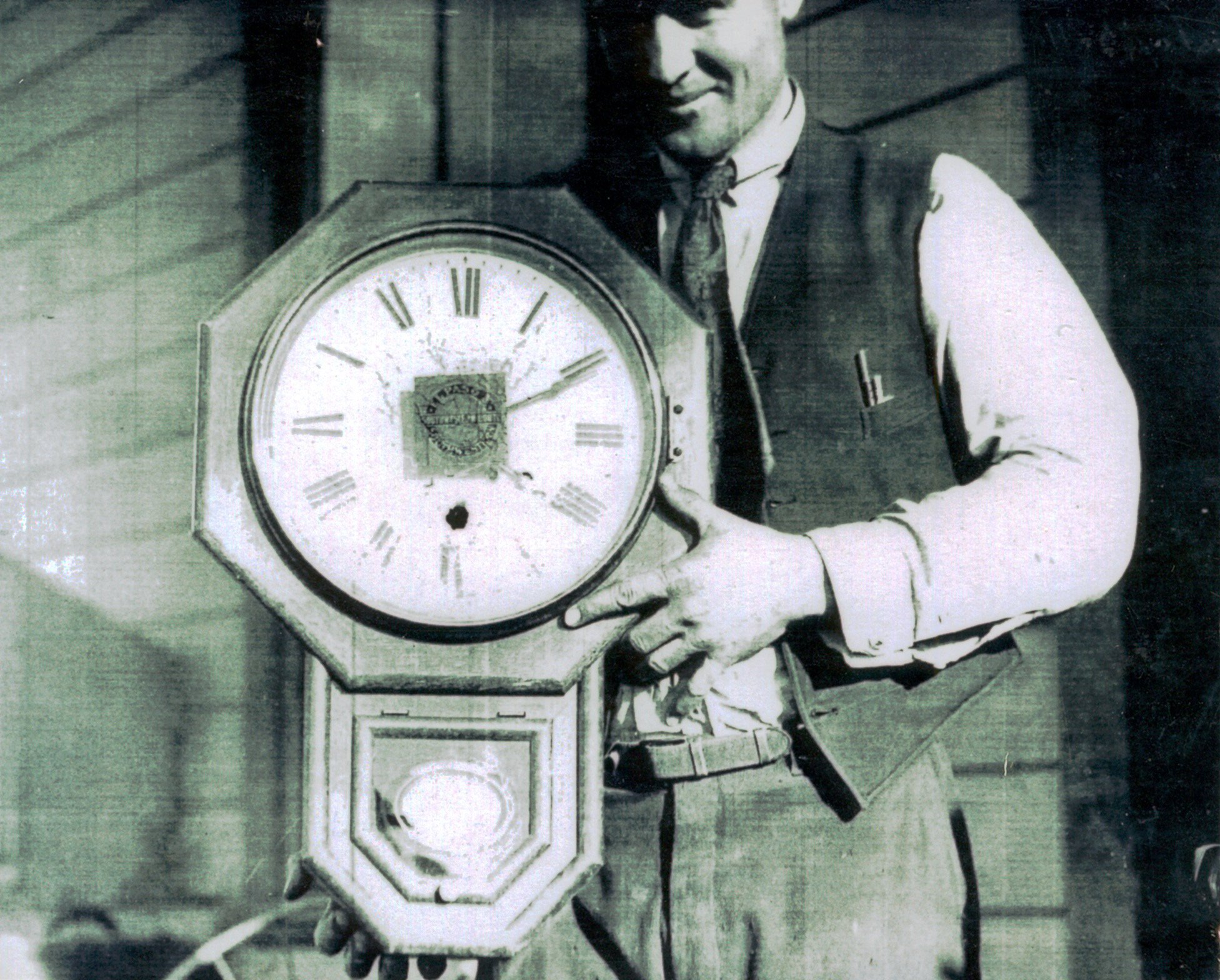The battle of Columbus
The first months of 1916, had the people of Columbus nervous about Pancho Villa’s unpredictability and the potential threat of a surprise attack. In the days before March 9, strangers in town gave them reason for concern, yet there had been so many rumors over the previous year or more that most of them dismissed the idea.
On March 8th, Susie’s husband and Columbus Courier Newspaper publisher, G.E. Parks, was asleep at their homestead property 8 miles out of town. Villa and his soldiers had been moving steadily northward from their hiding place in Sierra Prieta, Chihuahua. They cut the fence at an unguarded section of the border and continued north across the lonely stretch of desert on foot. It is believed that Villa watched the raid from the west, atop Cootes’ Hill. One captive American who was there, Maud Wright, confirmed it. Villistas received Villa’s command to move on to attack sometime after 4:00 am. Though reports are inconsistent, it’s believed that almost 200 Villa soldiers were killed in the battle as well as 8 American soldiers and 10 civilians. The event was devastating.
The Battle of Columbus was the third land invasion of the United States after the War of 1812 and the previous Mexican entanglement along the Rio Grande in 1846. It prompted orders from President Wilson to capture Villa, dead or alive. General John Pershing led the effort they called the “Punitive Expedition”.
Left: This clock in railroad station was stopped at 4:11am by a bullet in the early morning hours of March 9, 1916
Above: The Courier Office as it was during the raid. Courtesy of “Genealogy Village” Camp Cody Website


